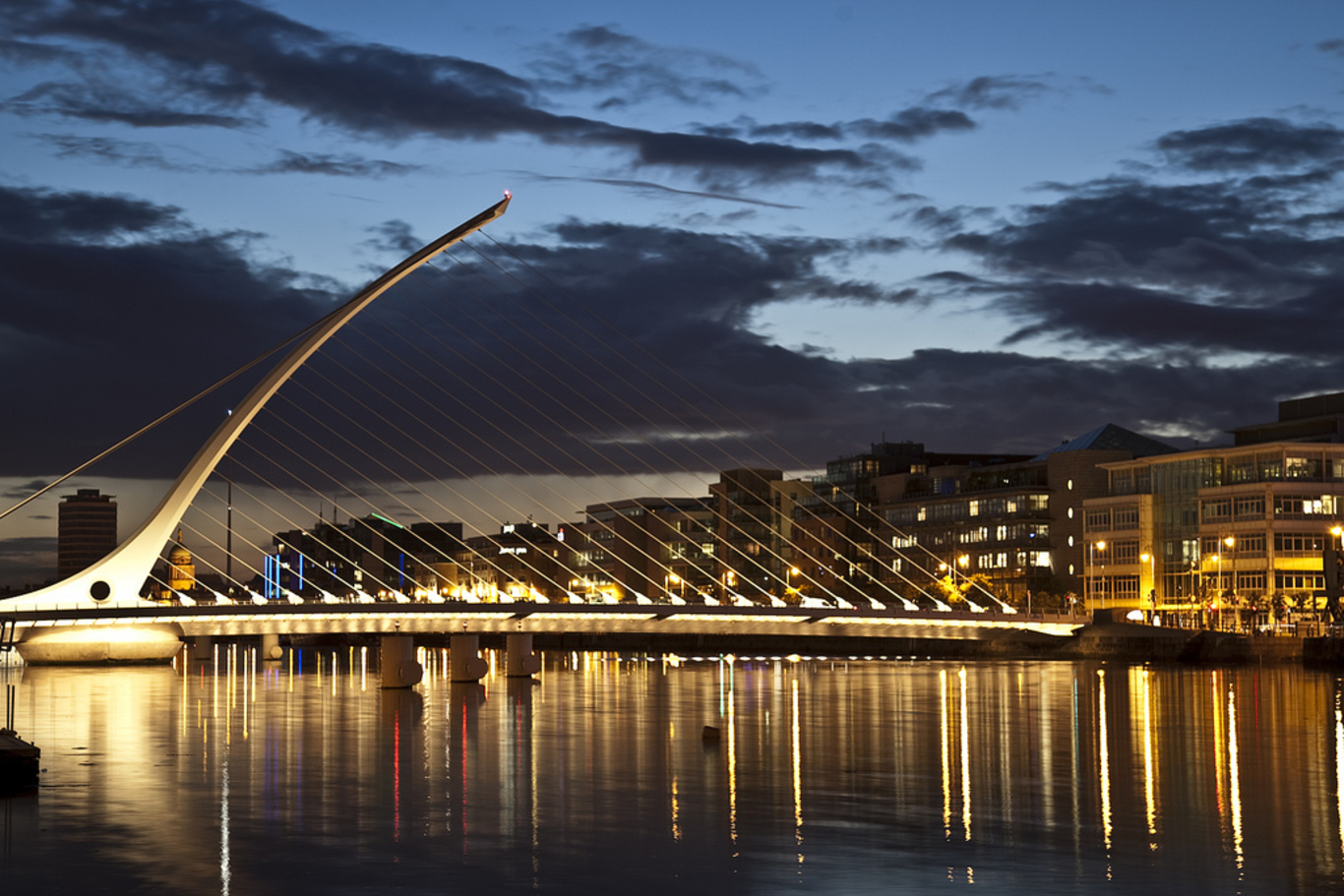Sensors on buildings and buses: Here's what Dublin needs to be a city of the future
Dave McCann from Japanese tech giant Fujitsu discusses how Dublin can take advantage of technology.
DUBLIN SHOULD AIM to develop a ‘smart transport’ network to ease congestion in the city centre, according to a senior figure at one of Japan’s largest companies.
Dave McCann, a client executive in the Smart Cities Division of Fujitsu UK and Ireland, is speaking tomorrow at an event hosted by the Dublin Chamber of Commerce focusing on how to improve the capital in the run up to the year 2050.
He is responsible for attempting to integrate the technology of Tokyo-based Fujitsu, one of the largest IT service providers in the world, into the European market.
The firm has launched a research initiative in Ireland examining how to provide assisted independent living for senior citizens and people who want to live in ‘smart houses’.
In the last number of years the firm has been focused on developing technology for ‘smart cities’.
The term ‘smart city’ is relatively loosely defined, but it is generally agreed that it includes the process of managing a city’s assets and systems, such as its water, energy or transport systems, through the use of technology.
Transport overhaul
Speaking to Fora ahead of the conference tomorrow McCann said that although there are several ways to make a city ‘smart’, such as by upgrading its waste collection service, Dublin should first prioritise giving its transport network an overhaul.
“The big focus is on transport at the moment. For Dublin what I am seeing is the same as almost every city, which is that tackling congestion is the number one priority,” he said.
“We are working with a number of cities, such as Barcelona, which have decided that they don’t want private cars in the city centre.
“But you can’t do it in reverse so they are investing in their transport system. It could be simple things like single ticketing, so that no matter whether you are getting a bus, tram, train or taxi, if you buy a smart ticket you can use it all the way.”
 Dave McCann of Fujitsu UK and Ireland
Dave McCann of Fujitsu UK and Ireland
He added: “A sensor on a building can tell traffic things like volume and speed.
“On public transport you can put a sensor on a vehicle like a bus which can tell you more about what is happening on a street level, like how many spaces are on a bus, if it is breaking heavily because of traffic jams, sensors on windscreen wipers to tell you when it is raining, etc.”
Obstacles
McCann acknowledged that such a large shakeup to the transport network would likely be very difficult to achieve, partially due to the politics involved.
“There are four local authorities in the smart Dublin area and how you would get them all to agree on what is best would be difficult I think,” he said.
“In Japan it is easier as it has a more central government and local government is an organ of the state which implements state policy.”
He said that such a move could be funded through a public private partnership, with the government partnering with several private companies to roll out any infrastructure or services needed. He also pointed to other European countries, which cap how much can be earned through such partnerships, as evidence that costs could be managed.
McCann also conceded that many of the changes he suggested may be difficult to achieve in a country such as Ireland due to concerns over privacy.
He said that while many different forms of technology used to monitor people are accepted reasonably readily in Japan, in Ireland “it is thought of like big brother”.
“The government has to set standards around security, but it is no different from the data that you have out there today,” he said. “The rules will need to be tweaked to make sure high level data is not shared (but) I believe that rules around data now are adequate.”






